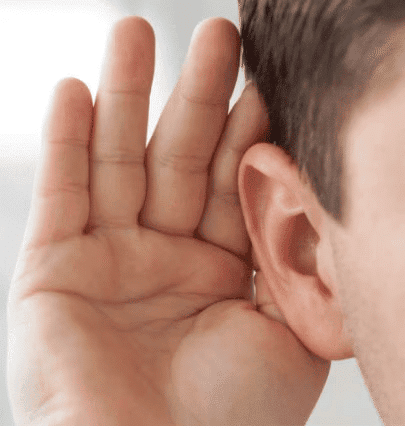Ear To Ear - 2 Class 4 Worksheet EVS Chapter 2
Q1: Fill in the blanks
(i) All _________ lays an egg.
(ii) _________ is an example of the animal that gives birth to young ones.
(iii) The ear is used to _________. 
(iv) ________ have tiny holes on the head that are covered with feathers.
(v) An elephant has ________ on their skin.

Q2: True or False
(i) An animal with ears on top of its head is an elephant.
(ii) The ears of birds cannot be seen from outside.
(iii) Rat is an endangered animal.

(iv) Sparrow is a national bird of India.
(v) Herbivore animals eat grass.
Q3: Name the following questions
(i) Tallest animal in the world.
(ii) Heaviest animal in the world.
(iii) Smallest insect in the world.
(iv) The national bird of India.
(v) National animal of the world.
Q4: Give two examples of each.
(i) Animals have black hair on their skin.
(ii) Animal whose ears we can see.
(iii) Animals whose ears we cannot see.
(iv) Animals have pattern-type hair on their skin.
(v) Animals have no hair on their skin.
Q5: Answer the following questions
(i) Write the names of animals that have ears that can be seen.
(ii) Name any three animals which have ears on the top of the head.
(iii) Write the name of the national bird of India.
(iv) Is the tiger a national animal of India?

(v) Can you see the parrot’s ear?
You can find Worksheets Solutions here: Worksheet Solutions: Ear To Ear - 2
|
53 videos|215 docs|54 tests
|
FAQs on Ear To Ear - 2 Class 4 Worksheet EVS Chapter 2
| 1. What does "Ear To Ear" mean in a metaphorical sense? |  |
| 2. How can I improve my listening skills, as suggested in the "Ear To Ear" article? |  |
| 3. What lessons about communication can be learned from the "Ear To Ear" article? |  |
| 4. Why is a positive attitude important in communication, as discussed in "Ear To Ear"? |  |
| 5. How can I apply the concepts from the "Ear To Ear" article in my daily life? |  |

|
Explore Courses for Class 4 exam
|

|

















